|
|
Revolving door harnesses human energy while generating awareness Completed last October, the Natuurcafé La Porte, located in the Driebergen-Zeist railway station in the Netherlands, is a multifunctional space incorporating a restaurant, exhibition space, and visitor center. To help meet the goal of an energy-neutral restaurant — with the use of a geothermal pump, solar collectors, a wind turbine, and other technologies — the Amsterdam-based architectural firm RAU collaborated with the door and turnstile manufacturer Boon Edam to develop the world’s first Human Energy Powered (HPE) revolving door. Located directly adjacent to the station platform, the HPE TQM door is intended not only to save energy but to actually generate energy each time it is used. Compared to the 4,600 kwh per year saved by using a revolving door (as opposed to the energy loss associated with sliding or swing doors), the energy generated with human power is roughly 10 to 30 kwh per year. “These figures put the potential of generating energy with human power a bit more into perspective,” says Dirk Groot, product manager, door systems at Boon Edam. The HPE TQM door is equipped with a special generator driven by human energy applied to the door while controlling its rotating speed. A set of supercapacitors store the generated energy as a buffer and provide a consistent supply for the low-energy LED lights in the ceiling. In case the LEDs have used up all of the stored energy, the unit will switch to the alternative mains supply of the building, ensuring the door is illuminated even when passenger flow is minimal. LED scales inside the door indicate the amount of energy that is generated: When someone passes through the door at a slow speed, the scale will end up in the red or orange zone, while a “normal” or fast pace pushes the scale in the green zone, indicating that significant electric energy is generated. The ceiling of the door is made of safety glass and gives a clear view of another LED indicator at the control unit that shows when the illumination of the revolving door is powered by human energy or by the mains supply. To help make users aware of their contribution to the green building, “Human Powered Energy” stickers are displayed on the door, and the total amount of energy generated is accumulated and shown on a large display inside the building. Groot estimates the number of daily users at 100 people per hour, 12 hours a day. With the HPE TQM prototype a success, Boon Edam has decided to take the door into production. “At the moment, we are not sure what the market potential is,” says Groot. “The strength of the door is not a competitive price or a large amount of energy that can be generated, but the fact that the appearance of the HPE TQM draws attention to the sustainable issue.” Boon Edam, Lillington, N.C. www.boonedam.us [Reader Service: July 2009 #205] |
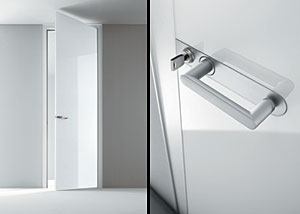 |
Sleek entrance [Reader Service: July 2009 #207] |
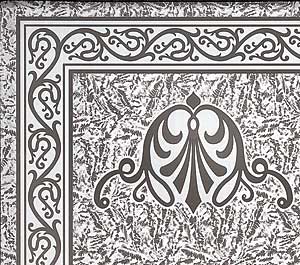 |
Curtain call [Reader Service: July 2009 #207] |
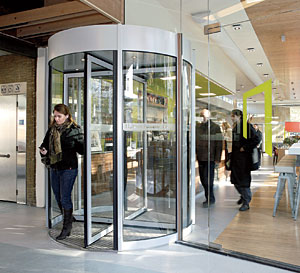
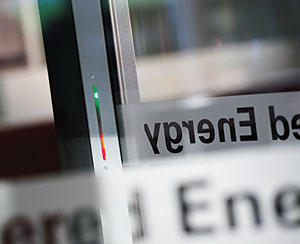
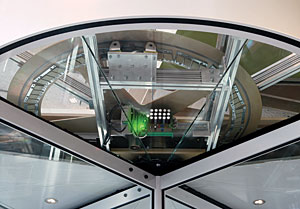

Post a comment to this article
Report Abusive Comment